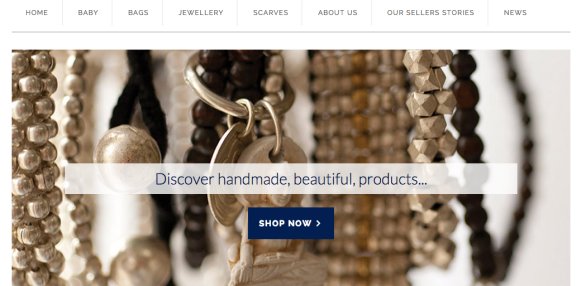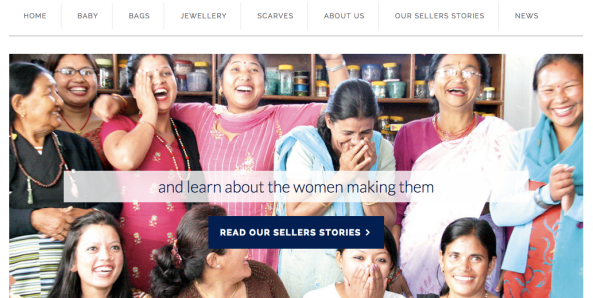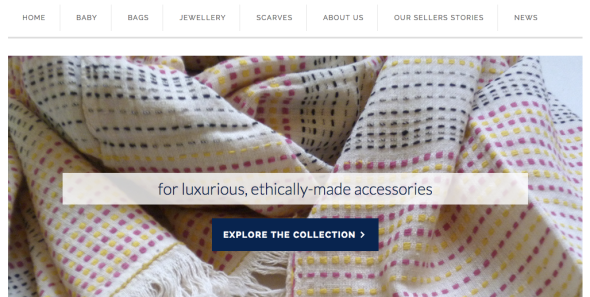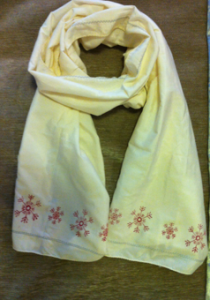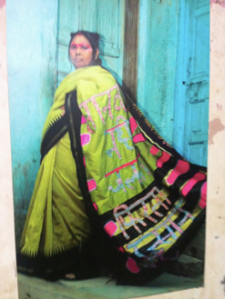Just Clothing Company was officially launched in late April with our first collection appearing here: http://www.notonthehighstreet.com/justclothingcompany/. It has been a long journey to get to this stage and now an even longer journey starts to make it a success.
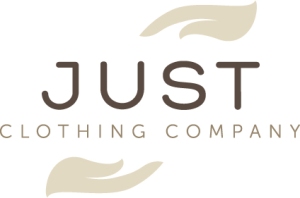
The driving force of Just Clothing is that oh so English sounding phrase of ‘Fair Play’. Born in the UK, I have had every opportunity afforded to me, free health care, free (or heavily subsidised) education, freedom of expression and belief and economic empowerment. Of course, it is not a perfect system and we as a nation are still struggling with equalities for all, but what if I had been born into a society without this? There is a strong chance that I or my siblings would have died before the age of 5, that my mother could have died in childbirth; that I would have had no access to education, living the life of a subsistence farmer with little or no rights; married at 15, first child nine months later; no access to family planning leading me to have child after child with little means to feed, cloth, educate them or provide adequate care for them when they were sick. A mere roll of the dice, luck of the draw has landed me here, sitting in the sunshine in my back garden in Brixton drinking coffee and typing these words.
So how can I, in a very small way, do my bit to redress this imbalance? Is there one factor that we can hope to impact that can influence all the other inadequacies? Could this be economic empowerment?
My charity http://womentowomen.org.uk/ has been working for many years with a wonderful organisation in Mumbai, SNEHA http://www.snehamumbai.org/. In an area where around 50% of under 2-year olds suffered from malnutrition, we worked with mothers on nutrition education projects, including cooking classes and health awareness campaigns. Malnutrition in children has long-term impacts on not just their health and wellbeing, but society as a whole. If a child has suffered from untreated chronic malnutrition this impacts on their growth, health and educational abilities; effectively preventing them and therefore greater society, from ever achieving their potential.

SNEHA: Inspirational group working to improve the lives of those living in poverty
Throughout this education programme, we consistently measured greater awareness amongst the mothers of risk factors for malnutrition and yet we were not seeing a reduction in malnutrition rates in their children. Why not? Because the mothers were often not at home for 12-15 hours a day. Much of their income derived from insecure, sometimes illegal work and with no affordable childcare available to them, they would often leave their young baby or toddler at home with the next oldest child (often no more than 4 years old) and without the ability to cook, these children often ate biscuits until their mother came home to cook for them. And so http://www.snehamumbai.org/ started a creche for those most vulnerable, with both an educational and feeding programme. It is a wonderful success and is now being expanded with support from The Wellcome Trust (http://www.wellcome.ac.uk/) and Dr David Osrin http://www.ucl.ac.uk/slms/people/show.php?UPI=DOSRI65 and his colleagues from the Institute of Child Health.
If these women in Mumbai had better paid, flexible and more secure work then the risk of their children suffering from malnutrition would be far less. The children would be healthier, better fed, better access to health care with the ability to reach their academic potential. This brings me neatly on to Just Clothing Company. Currently, Just Clothing is selling a selection of own brand products through marketplaces including http://www.notonthehighstreet.com/justclothingcompany/, http://www.ebay.co.uk/usr/justclothingcompnay and https://www.etsy.com/uk/shop/JustClothingCompany?ref=shop_sugg. All profits from Just Clothing will be used as incubator funding for women’s enterprises, providing them with materials, technological support and supply chain management. We are working with http://www.snehamumbai.org/ to set up our first women’s group in the slums of Mumbai. Just Clothing will then sell any products produced on their behalf.
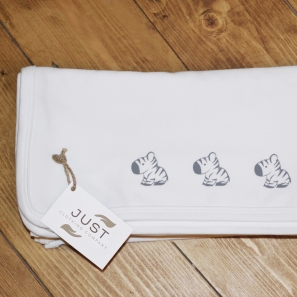
Baby Blanket: One of our best selling items
Our longer term goal is to set up our own marketplace where women’s groups from around the world can sell their products to an international audience. There are many technological and logistical issues involved in this which can wait for another blog!
My first blog is now complete (phew!), I hope you found it interesting and am always interested in feedback or ideas.
Jen (Founder of Just Clothing Company)

